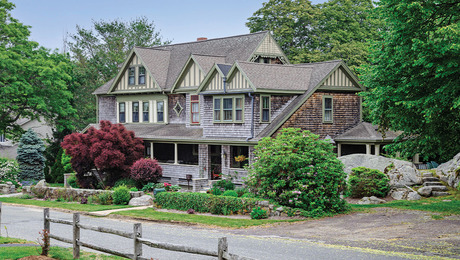Wood-Fiber Insulation Launch Planned for 2022—The First of its Kind in North America
Loose-fill, batt, and board insulation will compete with mainstream products now on the market.
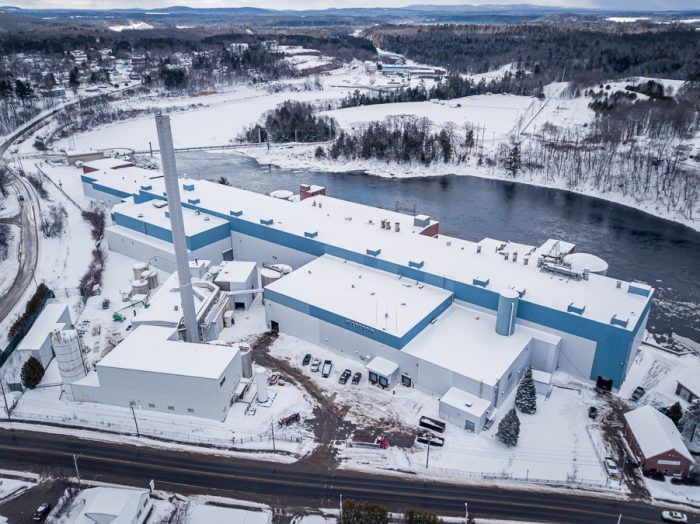
It will be the second quarter of 2022 before a production line in a repurposed Maine paper mill begins turning out wood-fiber insulation, but the startup behind the operation sees a ready market among mainstream builders and the potential for expansion well beyond the northeastern U.S.
Production facilities for TimberHP, an offshoot of GO Lab in Belfast, Maine, will occupy some 200,000 sq. ft. of space in the former Madison paper mill. The plant closed in 2016 as demand for paper declined, and the paper-making machines were later sold to a Chinese company and removed.
The company plans three separate production lines in what will be the first manufacturing operation of its kind in North America. Wood-fiber insulation is a $700-million business in Europe, says chief marketing officer Scott Dionne, and until the Maine plant is operational that’s where builders here will continue buying it.
European-made wood-fiber insulation, including the Steico and Gutex brands, is currently available in the U.S. through such retailers as Global Wholesale Supply and 475 High Performance Building Supply.
Ultimately the Maine plant will turn out loose-fill, batt, and board insulation, all of it made from chips of softwood timber with additives that increase its fire and moisture resistance. Two of the production lines will be new. The third—for producing board stock—was purchased from a German company and is currently sitting in 120 shipping containers in a Maine port waiting for renovations in Madison to be completed.
Dionne says loose-fill insulation will be first, with batt and board versions to follow in the fourth quarter of 2022. When up and running at full capacity, the plant will be able to produce some $100 million worth of insulation a year.

Loose-fill wood-fiber insulation can be used in attics or as dense-packed insulation in wall and roof cavities. It has an R-value of 3.8 per in., Dionne says, and can be installed with the same equipment used for cellulose. The vapor-open batt insulation, at R-4 per in., is made from the same wood fibers, which are blended with polyester fiber and then baked in an oven. The friction-fit batts will be available in four thicknesses, intended as both acoustic and thermal insulation. The board line, purchased from the German producer Dieffenbacher, will turn out panels of insulation from 1 in. to 10 in. thick with an R-value of 3.5 to 3.8 per in., depending on density.
In a recent “B.S. + Beer Show” devoted to wood-fiber insulation streamed at GBA, Dionne emphasized the insulation’s low toxicity, vapor permeance, and low flame spread (ASTM E-84 Class A for loose and batt, Class B initially for board stock). It also sequesters carbon.
Wood-fiber insulation is not for use below grade.
A big market in the making
The success of wood-fiber insulation in a region where a quarter or less of buildings are wood-framed makes Dionne optimistic about the potential for growth in the U.S. There are currently 15 plants making the insulation in Europe now, with another four due to open in the next several years, he said, with a total in annual sales headed toward $1 billion.
“In the U.S. residential market, 90% is wood-frame,” he said in a telephone call. “We can produce wood-fiber insulation at a much lower cost than Europe because the wood fiber we have is about half to three times less and energy costs are half.”
Wood fiber in the U.S. is currently an expensive niche product, but with manufacturing spreading to North America, Dionne expects that to change. Loose fill will cost the same as cellulose, while batts will be priced between mineral wool and fiberglass, and board stock that can be used as continuous insulation on walls and roofs will be in line with rigid foam.
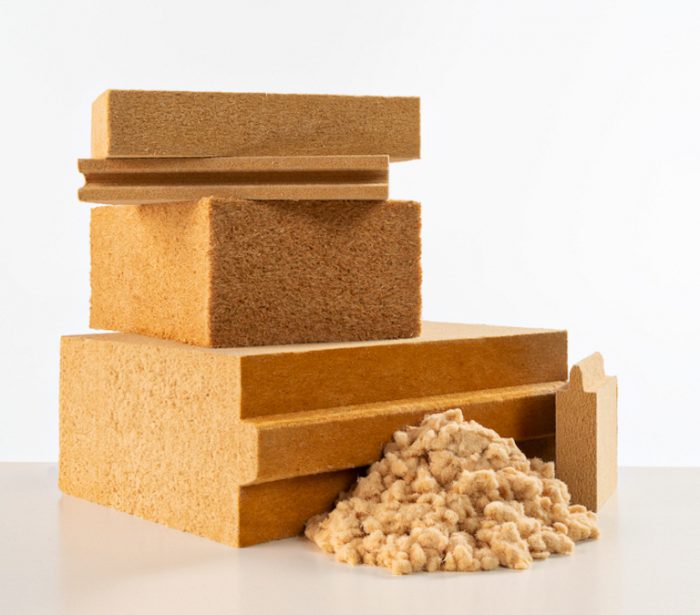
In time, Dionne says, GO Lab will be looking to expand into other parts of the country, not only because the insulation will be able to compete directly with mainstream insulation products now on the market but also because it makes use of an abundant resource.
“There’s not going to be just one production facility in North America for wood-fiber insulation,” Dionne said. “It wouldn’t make any sense. This market is just getting off the ground, and we’re looking for additional opportunities to build out as we move forward over the next 10 years.”
Maine has lost six paper mills in the last five years as demand for paper products dwindled, leaving lots of unused wood fiber available for other uses. In that sense, the state is not unique.
“There’s a need in Maine to take advantage of low-value fiber,” Dionne said. “These days you look at OSB and lumber prices and they’re skyrocketing through the roof but the fiber we’re using is just low value that’s typically gone to paper production, and we’re not alone when you start looking across the U.S.
“People are facing challenges in every state with the loss of the paper industry,” he continued, “but also trying to come up with new ways to add value to low-value fiber instead of just leaving it in the forest where it becomes tinder for forest fires.”
The privately held firm has raised $35 million from a variety of investors, including some from the forest and building materials industry, and is looking to close on $85 million in tax-exempt municipal bonds by July. The $120 million will cover the build-out of the entire product line. Dionne said the company would employ roughly 100 people at its Madison headquarters, but added that for every direct forest manufacturing job in Maine another 17 jobs are created indirectly.
“This production facility in Madison will be producing more than $100 million of insulation a year at full production,” Dionne said. “We have to penetrate the mainstream market. And having good paths to market and good relationships with distributors who have a firm handle on the mainstream market is absolutely crucial. We have those relationships in place.”
Scott Gibson is a contributing writer at Green Building Advisor and Fine Homebuilding magazine.
Fine Homebuilding Recommended Products
Fine Homebuilding receives a commission for items purchased through links on this site, including Amazon Associates and other affiliate advertising programs.
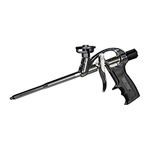
Foam Gun
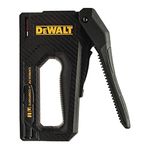
Staple Gun
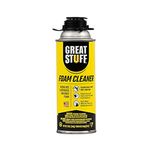
Great Stuff Foam Cleaner




